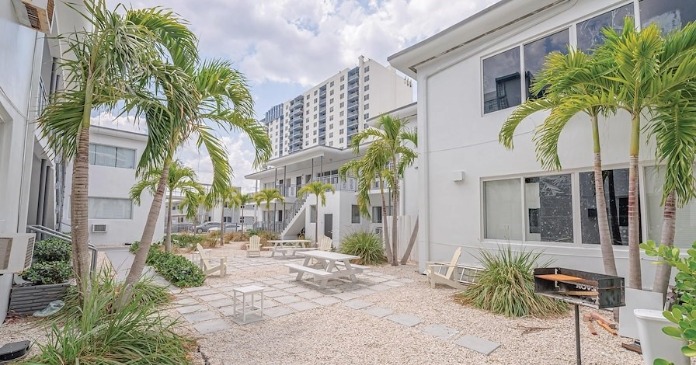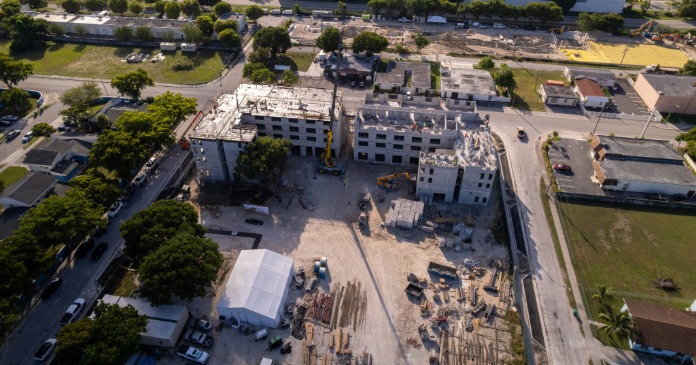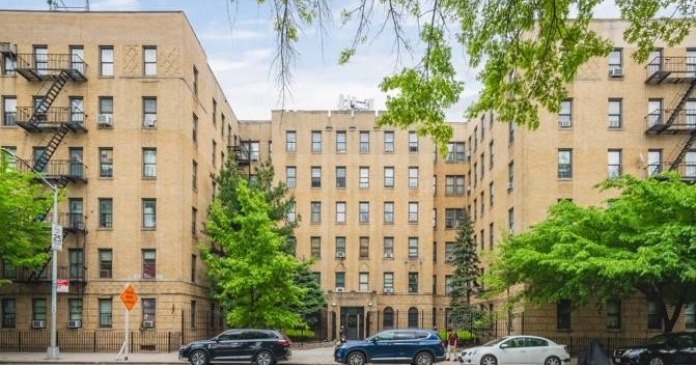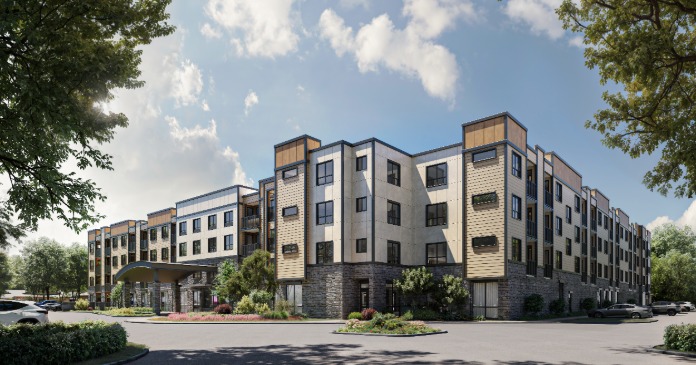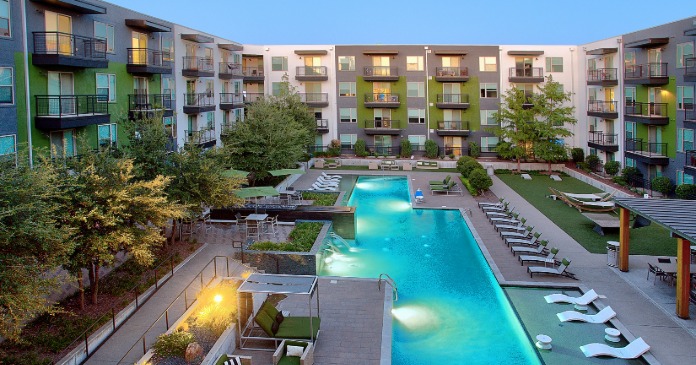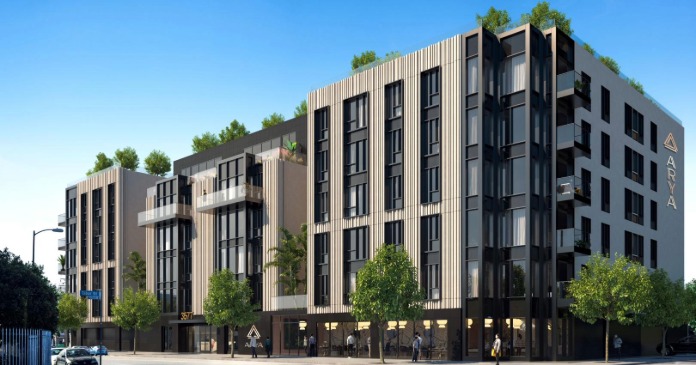Refugee aid groups are scrambling to find permanent homes for the thousands of Afghan evacuees expected to settle in the Washington, D.C. region in the coming months, a steep challenge in one of the most expensive housing markets in the country.
With an already sizable Afghan population, mainly in Northern Virginia, the region will be a major draw for the families who have been temporarily housed inside U.S. military installations once they are cleared to leave, those groups say.
But there aren’t enough homes in the area those families can afford with federal assistance. Most are eligible to receive: $2,275 per individual for housing and other basic services, an amount that is meant to last 90 days.
“It’s a challenge,” said Krish O’Mara Vignarajah, of Lutheran Immigration and Refugee Service, predicting that some families will wind up doubling or tripling up in single-family homes.
“We’re advising people that Northern Virginia may not be the best place because there is such a saturation in the housing market and there are high rental prices,” Vignarajah said.
So far, about 1,300 Afghan recipients of special immigrant visas have settled in Virginia since last fall, according to U.S. State Department data. In Maryland, 330 Afghan recipients of these visas arrived during the same period, while none settled in the District.
Thousands more evacuees are expected to start moving out of the military installations in larger numbers sometime in the fall. Some of those people applied for special immigrant visas but have not been approved. Most of them did not work for the U.S. government and were granted “humanitarian parole” status by the federal government.
The designation means they will each get $1,225 in cash, while an additional $1,050 per evacuee will go to the resettlement agencies for job training and other services over a three-month period, federal officials said.
The Biden administration wants Congress to pass legislation that would allow those families to receive the same amount of long-term support afforded to traditional refugees and special immigrant visa recipients. Those groups get the $2,275 over 90 days, plus food stamps, Medicaid, child care and long-term counseling.
Department of Homeland Security officials and the resettlement groups have been encouraging Afghan families to move to parts of the country where their aid can go further— part of a long-standing process for refugee placement that factors in local housing markets, job prospects and family connections.
But many of the evacuees have family ties in Northern Virginia and Northern California, which have become home to the country’s two largest Afghan communities after two decades of war in Afghanistan.
The magnitude of the ongoing airlift out of that country has further exposed a dire lack of affordable housing in both regions, affordable housing advocates say.
The evacuation out of Kabul included multigenerational households—sometimes parents, children and grandparents, totaling as many as 10 people—who now need homes with three or four bedrooms, aid groups say.
In the Washington region, those homes are in short supply, particularly to renters on a limited income who have no rental history, no credit and no jobs.
The average rent for a three-bedroom unit in the region is $2,263, according to rentdata.org, a group that tracks housing markets. For a four-bedroom unit, the monthly cost averages $2,742.
Michelle Krocker, director of the Northern Virginia Affordable Housing Alliance, said townhouses and single-family homes that might have been cheap enough to rent to those families have lately been snatched up by institutional investors seeking to flip the properties for a profit.
Refugee aid groups are scrambling to find permanent homes for the thousands of Afghan evacuees expected to settle in the Washington region in the coming months, a steep challenge in one of the most expensive housing markets in the country.
Excerpt Antonio Olivo, Washington Post




